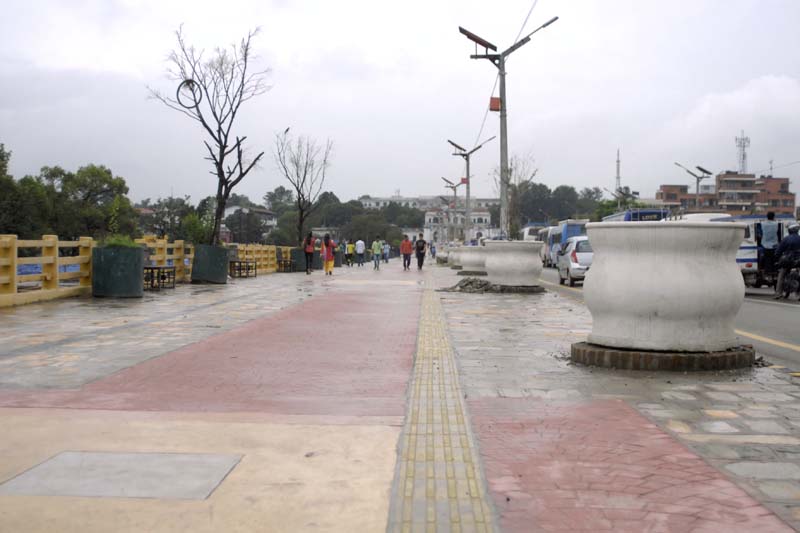34pc street lights dysfunctional
Kathmandu, March 7
Government bodies often boast about their achievement in installing street lights at every 100 metre distance along major thoroughfares in Kathmandu valley, but a recent field study by Youth Innovation Lab shows that around 34 per cent of these lights are dysfunctional.
A total of 100 youth volunteers conducted ‘crowdsourcing’ for almost a year for the study. The volunteers under the campaign ‘LightsON’ organised by YI-Lab had reached roadsides of Kathmandu valley every night and recorded the status of over 6,000 street lights using a mobile application called NAXA.
Street lights in Kathmandu valley have been installed by Nepal Electricity Authority, local governments and various corporate houses. In some places street lights were installed by general public.
YI-Lab, while unveiling the research report today on the occasion of International Open Data Day, said problems related to street lights were not resolved on time as no government bodies or private organisations had taken the responsibility of repairing such lights. YI-lab also said there was no clear rule regarding maintenance and repair of street lights in the valley.
Pradip Khatiwada, executive director of YI-Lab said, “We have found that street lights are not repaired by any government bodies because there is no law that holds a particular body responsible for it,” adding, “ A large number of solar-powered street lights are very dim due to lack of timely repair of solar panels and batteries.”
Hari Prabha Khadgi, deputy mayor of Kathmandu Metropolitan City, addressing today’s programme, appreciated the youths’ initiative to keep record of dysfunctional street lights as it would have been difficult for the local government to do so.
“This study has helped us get clear picture about the condition of the street lights, which will definitely help us bring new plans and programmes.”
YI-Lab is a non-governmental organisation that aims to collect open data with the support of youths to map urban utilities such as utility poles, conditions of sewerage and water supply. Such data are expected to aid in formulating evidence-based policy.






